In and Against_
Juneteenth at Riis
6/20/2025 (jump to writing)





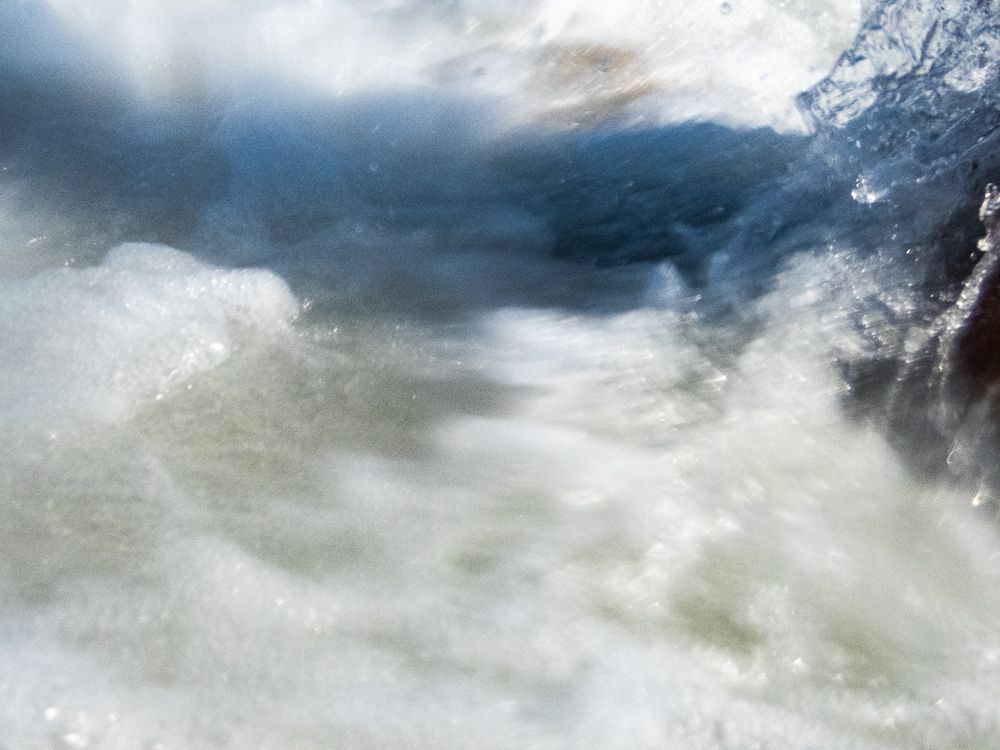
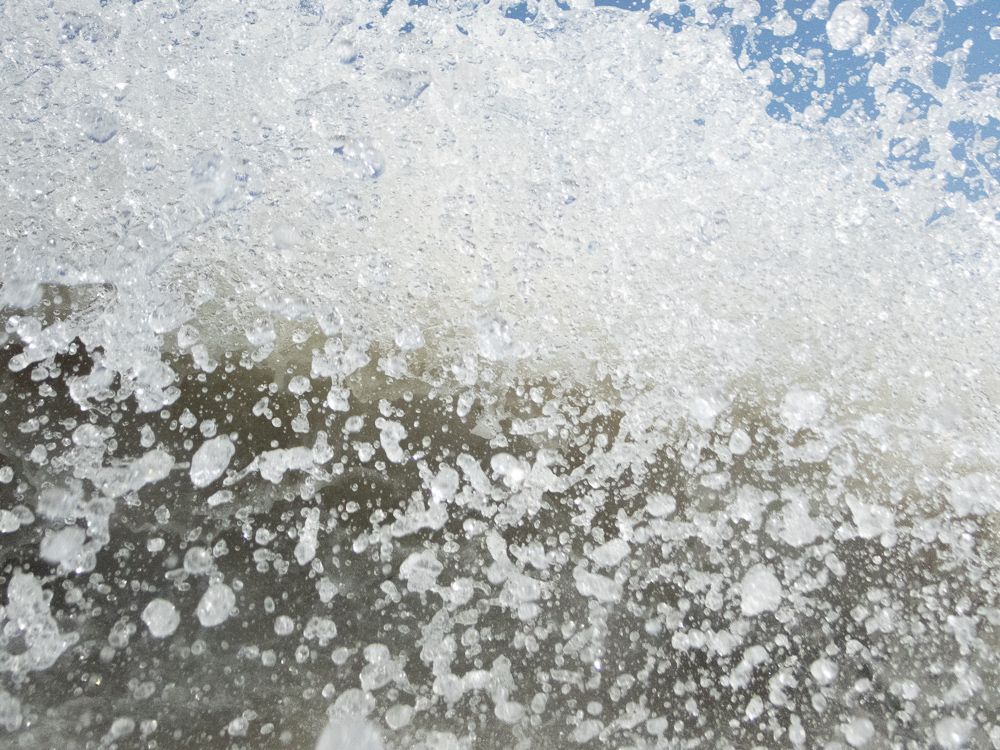



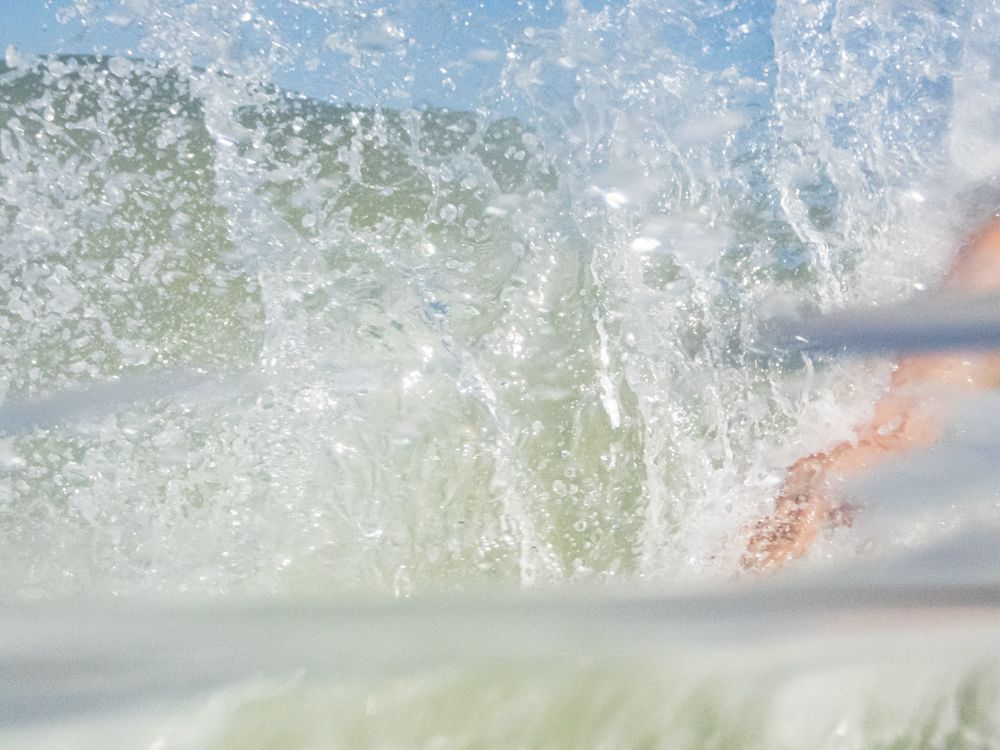

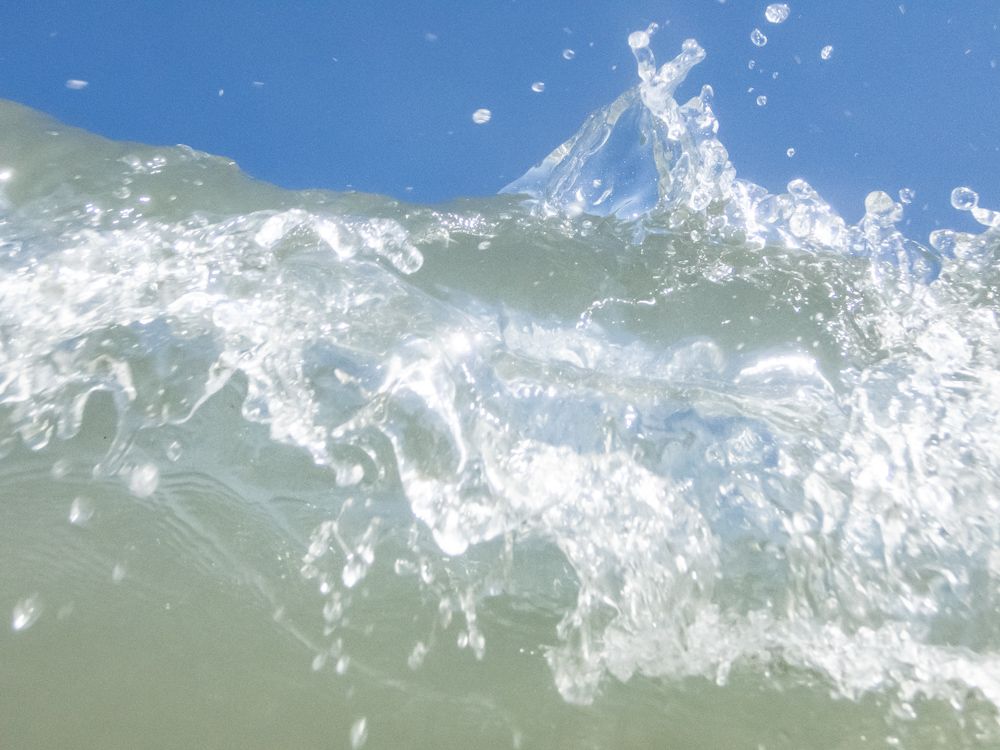







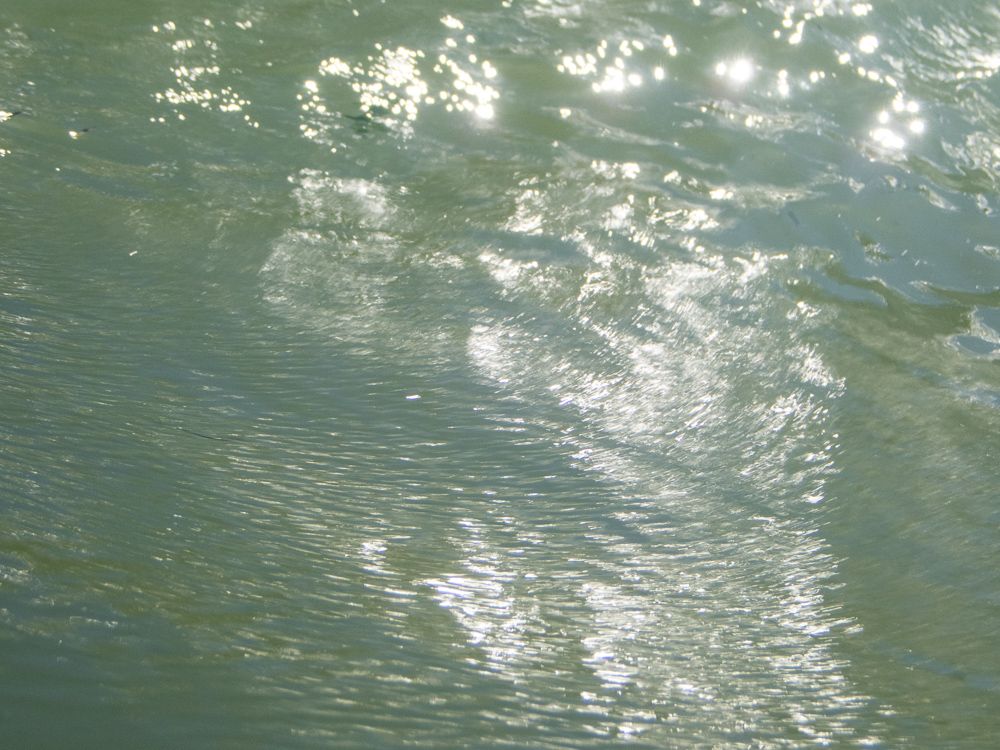

This is my first outing at the beach this year and with the waterproof camera. Unlike my other waterborne photographic outings, this one was a whole-body affair. I just about broke the camera from it (and me) being slammed against the sand, shells, and stones repeatedly. After the door to the battery compartment lost a merely ergonomic flange and also became somewhat jammed, I made sure not to try to break my falls in the surf with it. In fact, even as the surf forced its way into my face like a feral neti pot, I would attempt to continue spraying off frames above the water, just because.
Although it still seems perfectly usable, I have sent an inquiry to Olympus to see whether they would still service it and for how much — just in case.
If I were to publish or present these more formally, I'd either tighten it up or expand it (while tightening the sequencing). Part of the challenge of the process of making these pictures is that when there is so much chance involved and so many new things to see, it isn't immediately clear what there there is. It takes a lot of time for themes to emerge from hundreds of images in often repetitive sequences. This represents about 5 hours of editing work. As one concession to my sanity, I left out the straight up cloudscapes, though I think in an expanded collection of photos, they'd definitely have a place. The essays I present on this blog are amuse-bouches.
I was pleased that I was able to apply learnings from my previous water photos while takings these. One challenge with this camera is that the noise goes up very quickly beyond ISO 400. And with the combination of rapidly changing extremes of sunniness, my desire to more or less freeze the action of the water, it's not difficult to legitimately take a photo at ISO 800 or 1600. In a few examples here I tried out Lightroom's AI de-noise. I found it very impressive, though with images with as much ahem character as the TG-5 puts out, too much of a good thing crosses some sort of uncanny valley and just looks fake and wrong. It may be the case that were I to print these at a larger size, I would end up leaning into the noise and grain (with a touch of non-AI noise control) just as I did when I still shot with expired 35mm film.
Anyway, so what are the themes here? I mean, there are abstract rhymes of textures, contrasts, color stories, and those are the most difficult to describe, just like music. And I'm not super interested in formally analyzing my own work. The more "literary" themes are easy for me to be pithy about. I can easily say "man vs nature", with a little wink. I'm interested in the irony that the beach is a place of frivolity that is actually quite dangerous. The sense that all our works, from our bodies to our buildings, could very easily be subsumed by the sea. And considering global climate change, many of them will. There's a bit of autobiography, too, in how I can or can't look at or photograph people, with our without the excuse of the "process" of "art". Half-thoughts, I'll stop now.